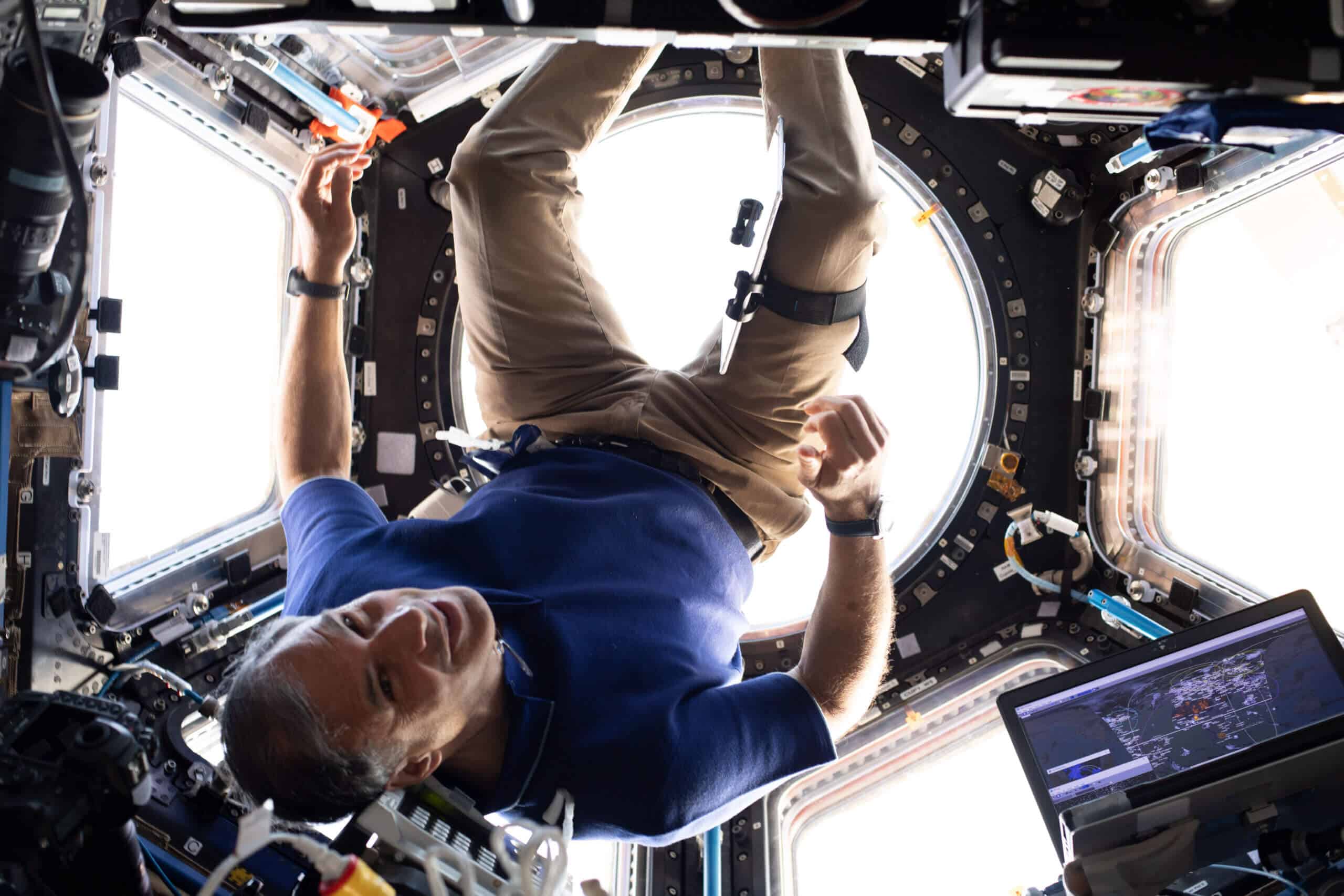Update: During the night the space tourists in the Dragon spacecraft left the International Space Station. Inside the article are recordings from the broadcasts that accompanied the departure process as well as videos taken during the mission.
Landing broadcast recording
The recording of the live broadcasts of the events leaving the station - 25/4/2022
The procedure for returning the Dragon spacecraft to Earth includes an order of operations that begins with the closing of the doors between the spacecraft and the International Space Station and ends with the collection of the spacecraft aboard a dedicated ship. Many parties are involved in the process of returning to Earth, NASA, SpaceX, Axiom, FAA (Federal Aviation Authority) and the US Coast Guard, which is entrusted with creating a sterile landing zone for the spacecraft.
When landing, the capsule (Dragon spaceship) is supposed to land in the sea using parachutes. The impact in the sea (splashdown) will take place at a speed of about 30 km/h. Upon landing, it is customary for speedboats to arrive at the landing site, examine the condition of the spacecraft and make sure that the capsule and crew are in good condition. You will then arrive at the ship site, which will take the capsule aboard.
Each landing of a 'Dragon' type spacecraft has a number of optional landing sites spread along the coast of Florida in the Atlantic Ocean and the Gulf of Mexico. Weather conditions such as wave height, wind speed and drift are a significant factor in ensuring a safe landing. In view of the fact that at all landing sites there was a forecast of strong winds and waves, the many factors preferred to postpone the start of the return procedure.
*Similar to the launch of the spacecraft, also during the landing the ground crews monitor the weather consistently.
Utilizing the extra time

The time added to the 'Sky' mission was fully utilized to carry out additional educational and scientific activities on the International Space Station. In recent days, Stiva performed additional tests as part of remote medicine experiments. Thus, he increased the database for the Israeli researchers, who continued to receive real data and results of an astronaut in space for a longer period of time. The additional information will serve the researchers on Earth.
Stiva also continued with the ILAN-ES experiment which focuses on photographing lightning sprites over different regions of the earth. The photographs that Stiva handed over to the researchers in the last few days significantly increase the quantity and quality of the observations. Expanding the information sent from space improves the probability that researchers will detect new phenomena. In addition, Stiva managed to film additional educational broadcasts that will be published for Israeli students.
AX-1 Astronaut Farewell Event Before Push-Offs (Recording)
Videos from the progress of the sky mission
More of the topic in Hayadan:
- Three experiments from the Technion will be launched to the International Space Station
- Leukemia treatment, a space telescope, the reconstruction of an experiment by Ilan Ramon - among the experiments that will be carried out in the sky mission
- Technology developed at Bar-Ilan University will track the vision of astronauts in space as part of a sky mission
- Historic moment: for the first time, optical components were produced in space as part of the 'Sky' mission
